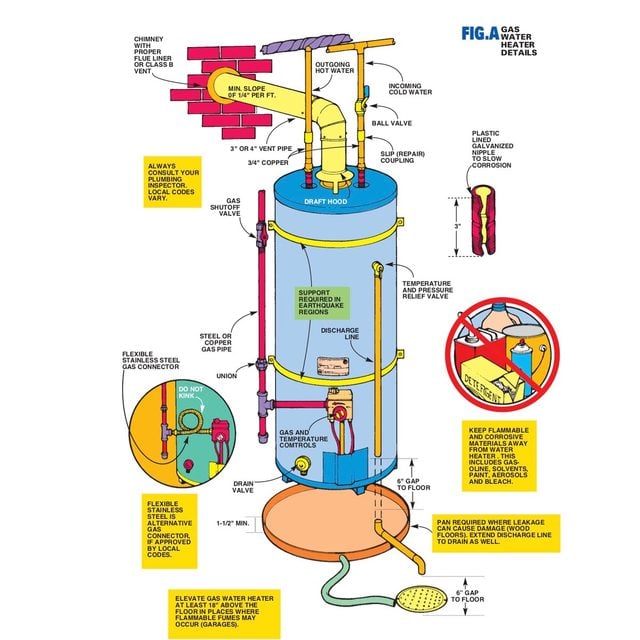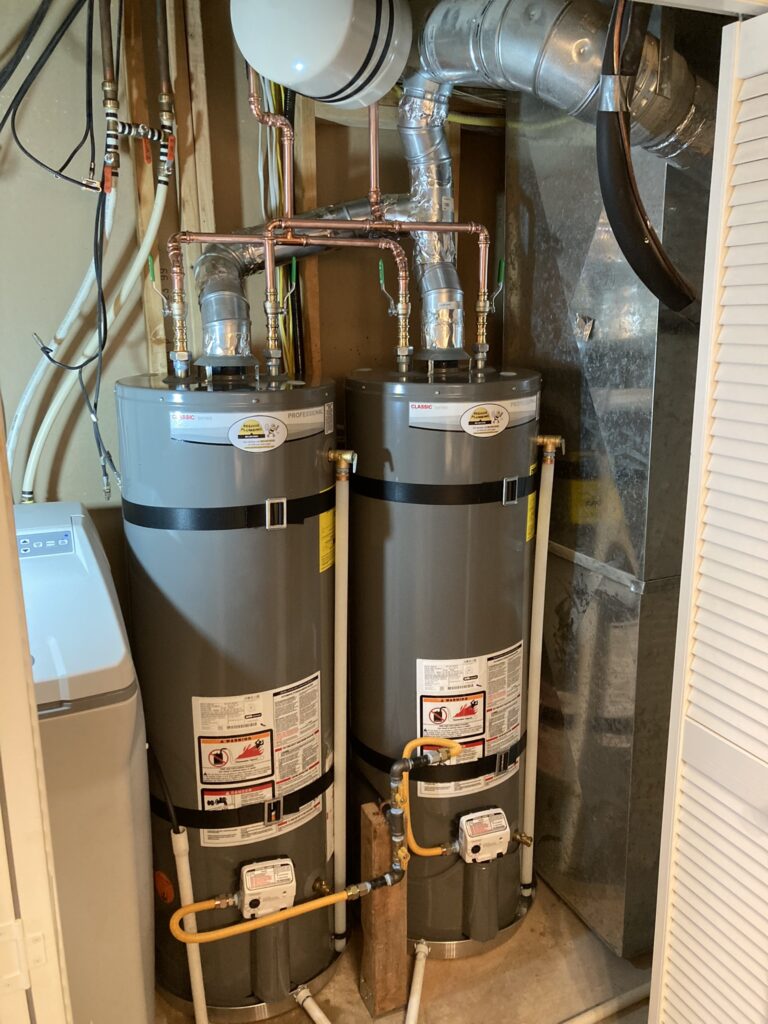The Ultimate Overview to Safe and Effective Hot Water Heater Installation
The installment of a water heater is a critical job that needs careful focus to detail and adherence to security standards. As we discover the important elements of an effective installation, it's important to take into consideration the possible pitfalls that can develop if not come close to with care.
Picking the Right Hot Water Heater
When picking a water heating system, house owners have to take into consideration numerous essential variables to make certain optimal efficiency and performance. The initial consideration is the sort of hot water heater, which typically consists of tankless, storage container, heatpump, and solar versions. Each kind has its very own advantages and negative aspects, impacting power consumption, recovery rates, and installment requirements.
Following, it is important to assess the dimension or capacity of the hot water heater. This depends on the family's warm water demand, which can vary based upon the number of owners and their usage patterns. An unit that is also tiny will certainly bring about inadequate warm water supply, while a large system might throw away energy.
Power efficiency is one more important aspect. House owners must look for systems with high power variable (EF) ratings, as these suggest better effectiveness and reduced operating expense gradually. In addition, the fuel source-- power, gas, or gas-- will affect both installment expenses and ongoing expenditures.
Preparing for Installment
Proper preparation is important for a successful hot water heater setup, and there are several crucial actions homeowners must follow. Evaluate the installation area to ensure it conforms with neighborhood structure codes and safety and security policies. This consists of checking for adequate ventilation, clearance space, and ease of access for maintenance.
Next, turn off the water system and power or gas to the existing hot water heater to prevent any type of accidents during the setup procedure. Drain the old device entirely to prevent any kind of spills, and detach it from the pipes and power resources.
Additionally, collect appropriate paperwork such as warranties, installation guidebooks, and local plumbing codes to guarantee compliance. This is also the moment to figure out if any kind of upgrades are required for pipes or electrical systems to suit the new device.
Finally, think about notifying your next-door neighbors if the installment may cause interruptions, and guarantee that family pets and children are avoided the work location. By taking these preparatory steps, property owners can facilitate a smoother installation procedure, decreasing possible hold-ups and complications.
Tools and Products Needed
An efficient toolkit is important for a successful water heating system installment. Having the right devices and materials on hand not just simplifies the procedure but likewise makes sure security and compliance with neighborhood codes.
First, collect standard hand tools, including a pipe wrench, adjustable wrench, screwdrivers (both level and Phillips), pliers, and an utility blade. These will certainly help in getting rid of old fittings and securing brand-new links. A drill with ideal bits may be required for mounting and protecting the water heating system.
Following, ensure you have pipes materials such as Teflon tape, pipeline fittings, and versatile tubes for linking water lines. For gas water heating units, a gas line adapter and a pipeline joint substance are critical. Consider additionally having a degree to ensure proper alignment.
Security tools ought to not be pop over to these guys overlooked; handwear covers and safety and security goggles safeguard versus potential risks. Verify the schedule of necessary materials like a new water heating system, expansion tank (if called for), and any added insulation or airing vent elements.
Step-by-Step Installation Process

Next, prepare the new water heater by putting it in the assigned location, ensuring it is degree and stable. Attach the cold water supply line to the inlet and the hot water line to the electrical outlet, making use of ideal installations. For gas heaters, make sure the gas line is correctly attached which all installations are safe and secure.
Once the pipes links are established, attach the power supply. For electric heaters, this includes wiring the system to the electric panel, complying with local codes. For gas systems, ensure to mount a venting system that satisfies security criteria.

Security Tips and Ideal Practices
Guaranteeing security throughout water heating system setup is critical to prevent crashes and make certain a smooth operation. Furthermore, it is important to wear ideal personal safety devices (PPE), such as handwear covers and safety goggles, to protect against potential dangers.
Prior to setup, inspect the area for any kind of indicators of water damages, click reference mold, or structural concerns that might posture threats during or after the installment process. Make sure that the installation adheres to neighborhood structure codes and supplier guidelines to avoid future responsibilities. water heater installation. It is advisable to have a fire extinguisher nearby, particularly when collaborating with gas systems
During the installation, preserve correct ventilation to stop gas buildup. By adhering to these security pointers and ideal practices, you can guarantee a successful water heating unit installment.
Verdict
In verdict, successful installment of a water heater needs meticulous preparation and adherence to safety and security protocols. Conformity with regional codes, proper preparation of the setup site, and using ideal tools and materials are necessary for guaranteeing an efficient procedure. Applying safety suggestions and ideal methods secures both the residential property and the installer. For those doing not have experience, getting the solutions of a certified professional is advisable to ensure ideal safety and security and performance of the water heating unit.
Make sure the water supply is click here for more turned off and the existing water heater is separated. Attach the chilly water supply line to the inlet and the warm water line to the outlet, utilizing appropriate installations.Ensuring security during water heating system installment is extremely important to protect against accidents and make certain a smooth operation.Prior to setup, evaluate the area for any type of indicators of water damage, mold, or structural issues that may posture threats throughout or after the setup procedure. By adhering to these security tips and ideal practices, you can make certain a successful water heating unit installation.